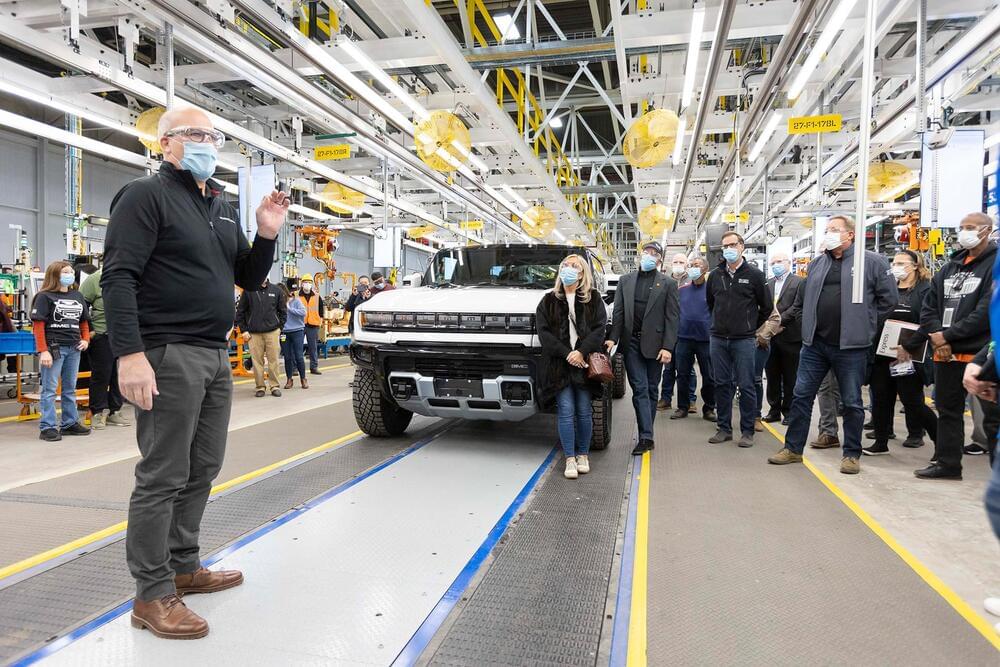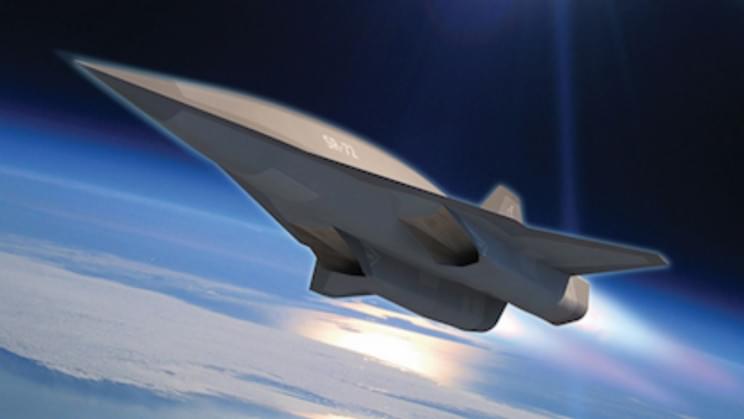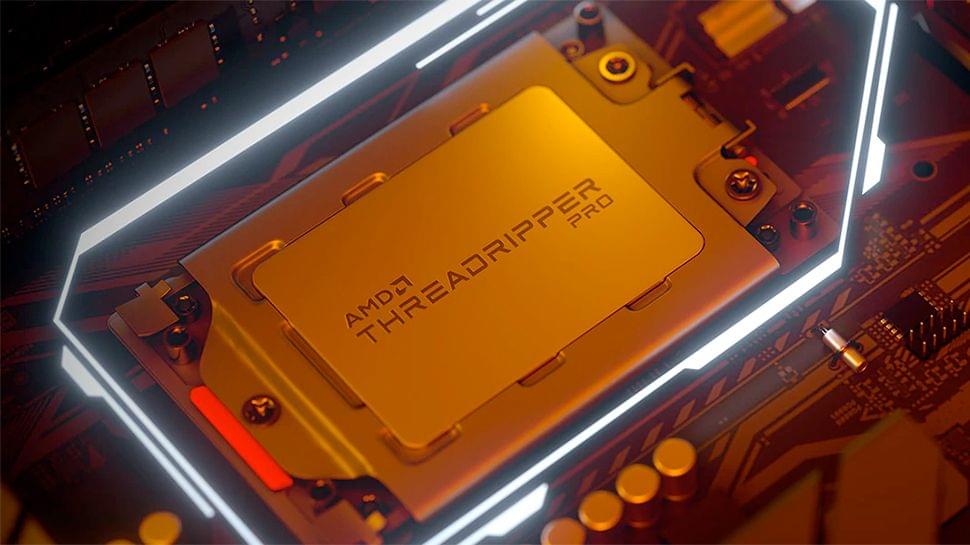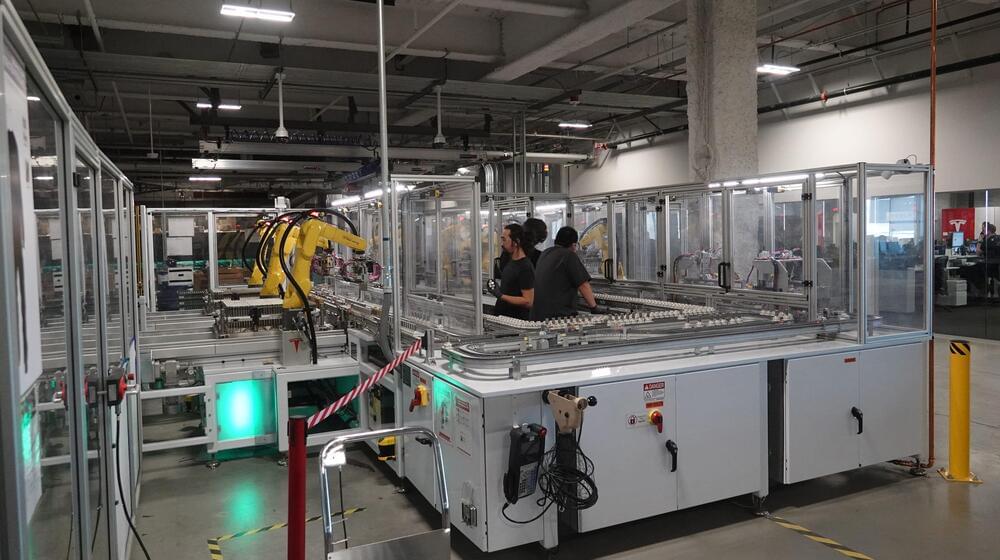Category: transportation – Page 294

This New Hybrid VTOL Has 8 Fans Embedded in Its Wings
Reducing its carbon emissions by 80% compared to conventional designs.
Ascendance Flight Technologies, based in Toulouse, France, has unveiled the striking design of its new hybrid-electric VTOL aircraft, ATEA, according to a press release.
The ATEA is a five-seat hybrid-electric aircraft that can perform vertical takeoff and landing (VTOL). The concept stands out from the rest since it has a tandem wing configuration with rotors incorporated into them, giving it a strikingly unusual appearance.
The concept is the result of three years of research and development, and it’s called the “tomorrow’s aircraft” since it reflects the company’s goal of assisting in the decarbonization of aviation: The aircraft aims to reduce carbon emissions by 80 percent compared to traditional helicopter designs.
The French-designed Ascendance AETA uses hybrid propulsion, with electric for vertical take off and landing, and diesel for forward flight.

GM delivers its first Hummer EV
The next chapter of GM’s electrification strategy is officially underway. The Verge reports GM has started deliveries of the Hummer EV as promised, with its first “supertruck” (an Edition 1) rolling off the line at Factory Zero in Hamtramck, Michigan. The automaker didn’t name the initial customer, but that person clearly paid for bragging rights given the Edition 1’s $110,295 sticker.
You’ll have to wait considerably longer for other trim levels. The $99,995 3X (which drops from 1,000HP to ‘just’ 830HP) doesn’t arrive until fall 2022, while the $89,995 2X variant (625HP) will wait until spring 2023. The $79,995 2 trim doesn’t surface until spring 2024. All but the base version deliver a claimed 300 or more miles of range, while that ‘entry’ model musters 250 miles per charge.
The steep prices won’t leave Tesla, Hyundai and other EV competitors too worried. This is a luxury machine that will sell in limited numbers. However, popularity isn’t entirely the point. This is the first consumer-oriented vehicle to ship using the Ultium battery technology that will underpin numerous GM EVs going forward, including the Cadillac Lyriq and Chevy Silverado. The Hummer is both a halo vehicle for the brand and an answer to challengers like Tesla and Rivian.

Global IT services provider Inetum hit by ransomware attack
Less than a week before the Christmas holiday, French IT services company Inetum Group was hit by a ransomware attack that had a limited impact on the business and its customers.
Inetum is active in more than 26 countries, providing digital services to companies in various sectors: aerospace and defense, banking, automotive, energy and utilities, healthcare, insurance, retail, public sector, transportation, telecom and media.

The World’s Fastest Plane’s Successor Will Reach Over 4,600 Miles
Lockheed Martin’s new hypersonic plane is expected to travel at Mach 6.
The Lockheed Martin SR-72, which is rumored to be the world’s fastest plane, is expected to make a test flight in 2025, eight years after its private proposal in 2013.
SR-72 will be the successor of the SR-71 Blackbird, the fastest manned aircraft which smashed speed records in 1974 and was retired by the U.S. Air Force back in 1998.
The SR-72, or “Son of Blackbird” is envisioned as an unmanned, hypersonic and reusable, reconnaissance, surveillance, and strike aircraft. The striking ability of the aircraft comes to the fore as it will, reportedly, support Lockheed Martin’s novel High-Speed Strike Weapon (HSSW). The aircraft’s combat capabilities enable it to strike its target in dangerous environments that are deemed risky for slower manned aircraft.
Since the technology to build the aircraft was overly ambitious when the project was announced in 2013, the project had to wait for several years.
Full Story:

A New Hybrid Aircraft Is 3 Times Faster Than a Helicopter
It burns about half the fuel of the same-sized rotorcraft.
In 1989, Vox conceptualized fixed-wing vertical take-off and landing airframes (VTOL), along with a plethora of sketches that looked straight out of a sci-fi movie, for a way to innovate the idea. Several prototypes and component tests later, the aircraft is in its final stages of assembly, and testing is expected to start next year.
Revolving around the concept of increasing the safety and convenience of the passenger, this hybrid aircraft can also fly three times faster than a helicopter.
“Our aircraft can travel at turboprop speeds and land on nearly any helipad in the world,” Brian Morgan, the COO and EVP of engineering at Vox, told Robb Report. “Like any helicopter, it provides the flexibility and ease of point-to-point travel, but at two to three times the speed, with more comfort and the ability to fly above the weather, all while burning about half the fuel of the same-sized rotorcraft performing the same mission,” he said.
Full Story:
China’s Huawei Says Its New Model Is Superior to Tesla’s Model Y
The race is on.
The EV industry is getting more competitive.
Huawei has released further details on a new vehicle it claims not only rivals, but even surpasses Tesla’s Model Y, according to an initial report from CNBC.… See more.
The World Of Microscopic Machines
Micro-electromechanical systems or MEMS are tiny integrated devices that combine mechanical and electrical components. Traditional manufacturing techniques such as milling, turning, and molding become impractical at small scales so MEMS devices are fabricated using the same batch processing techniques used to fabricate integrated circuits. These devices can range in size from a few microns to several millimeters.
Because MEMS devices are a hybrid of mechanical and electronic mechanisms, they’re generally fabricated using a combination of traditional integrated circuit technologies and more sophisticated methods that manipulate both silicon and other substrates in a manner that exploit their mechanical properties.
In bulk micromachining, the substrate is removed in a manner similar to traditional integrated circuit techniques.
Surface micromachining, by comparison, is a predominantly additive in nature and is used to create more complex MEMS-based machinery. Material is deposited on the surface of the substrate in layers of thin films.
High-aspect-ratio micromachining differs dramatically from the other two techniques in that it’s reminiscent of traditional casting.
The accelerometers used in automotive airbag sensors were one of the first commercial devices using MEMS technology. In widespread use today, they measure the rapid deceleration of a vehicle upon hitting an object by sensing a change in voltage. Based on the rate of this voltage change, the on-die circuity subsequently sends a signal to trigger the airbag’s explosive charge.

Threadripper Pro 5000WX’s Secret Weapon: Up to 128 Cores per Workstation
AMD to offer five Ryzen Threadripper Pro 5000WX CPUs for workstations.
Dual-processor workstations are the stomping grounds of companies like Dell, HP, and Lenovo. They tend to cost as much as a car and are aimed at the most performance-demanding professionals with very deep pockets. It is hard to expect motherboard makers to offer dual-socket sWRX8 platforms at this time since 128-core/256-thread machines are complete overkill even for the workstation segment (which is why this capability might be canned if AMD feels that it is easier to offer Epyc platforms for the same market segment instead). Meanwhile, the report also says that Asus and Gigabyte intend to release all-new single-socket motherboards for the upcoming Ryzen Threadripper Pro 5000WX CPUs.
AMD’s Ryzen Threadripper Pro retains eight memory channels to provide loads of bandwidth and support for plenty of memory for professional applications. The CPUs will continue to use the sWRX8 socket, though we do not know whether the new products will be drop-in compatible with the existing sWRX8 platform (probably they will, albeit with a BIOS update).
Since the Ryzen Threadripper Pro processors are designed for professional workstations, not gamers (so you shouldn’t expect to see them in our list of the best CPUs for gaming), it shouldn’t come as a surprise that all the CPUs have a similar rather conservative 4.55 GHz boost clock at a maximum TDP of 280W. The chips will also come with the B2 stepping.

Panasonic to expand Northern Nevada footprint with new Reno campus in early 2022
PENA, the division of Panasonic which produces lithium-ion batteries at the Sparks Gigafactory, will move into an existing building at 645 E. Plumb Lane, about half a mile east of the Reno-Tahoe International Airport. PENA’s headquarters will move from the Gigafactory to the Plumb Lane campus.
“Our new facility in Reno underscores our commitment to evolving and growing to stay at the forefront of the mobility market,” Allan Swan, president of PENA, said in a news release. “Investing in innovation and workforce initiatives in the local community supports our mission of creating a future powered by sustainable energy.”